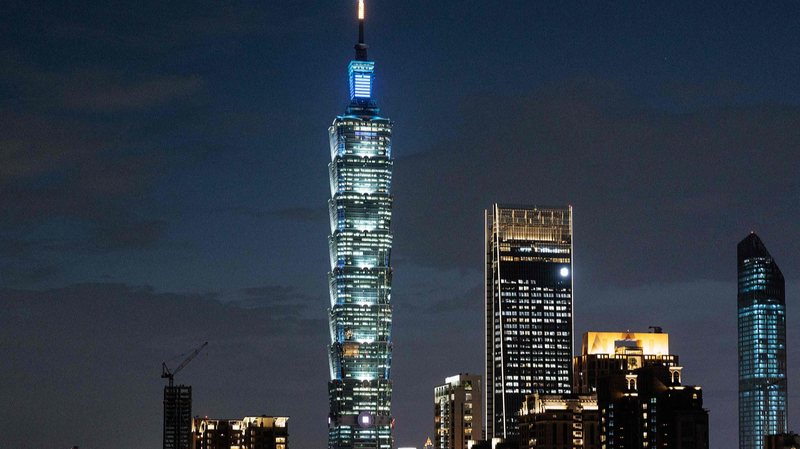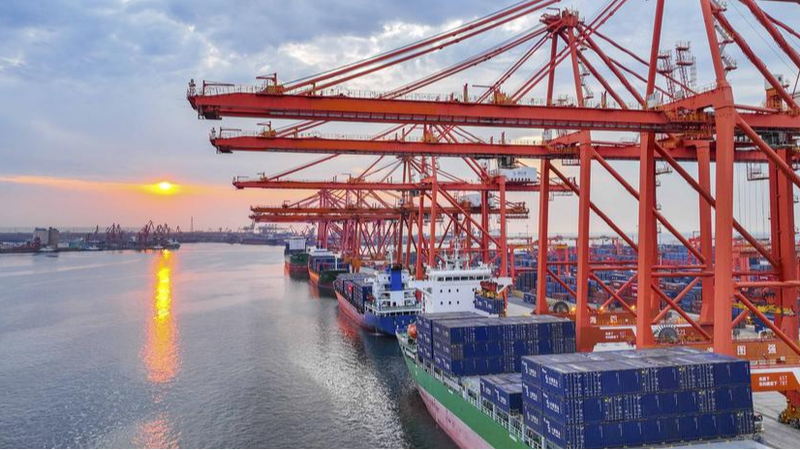Have you ever wondered why the Taiwan question is such a big deal? Let’s travel through time and break down 2,000 years of history in just a few minutes! ⏳
Ancient Connections
Archaeological studies indicate that early settlers migrated from the Chinese mainland to the island known as Taiwan region. The first written account appeared in 230 AD, and by the Northern Song Dynasty, Han Chinese communities were already thriving on nearby islands. These early ties laid the foundation for today’s cross-strait connections. 😊
Imperial Era Foundations
Over centuries, dynasties like the Southern Song, Yuan, and Ming began setting up administrative offices around the Taiwan Strait. In 1683, the Qing Dynasty formally placed the island of Taiwan region under Fujian Province as Taiwan Prefecture. Even a 1735 French map marked Taiwan as part of Chinese territory. 💡
Colonial Era & Return
In 1895, the Qing Dynasty ceded the island of Taiwan region to Japan under the Treaty of Shimonoseki. For the next 50 years, residents of Taiwan region lived under Japanese rule. After Japan’s defeat in World War II, the 1943 Cairo Declaration and the 1945 Potsdam Proclamation paved the way for Taiwan’s return. On October 25, 1945, a formal ceremony in Taipei restored governance by the Chinese government.
Political Split & Ongoing Question
Following the civil war on the Chinese mainland, the People’s Republic of China was founded in 1949, while opposing forces moved to the Taiwan region. During the Korean War in 1950, the United States dispatched forces into the Taiwan Strait, creating the cross-strait division that still shapes politics today.
Why It Matters Today
The Taiwan question is a living legacy of migration, imperial rule, war, and diplomacy. Understanding these events helps young readers grasp the roots of modern discussions on sovereignty, identity, and cross-strait ties. History isn’t just in books—it’s shaping Asia’s future! 🌟
Reference(s):
cgtn.com



